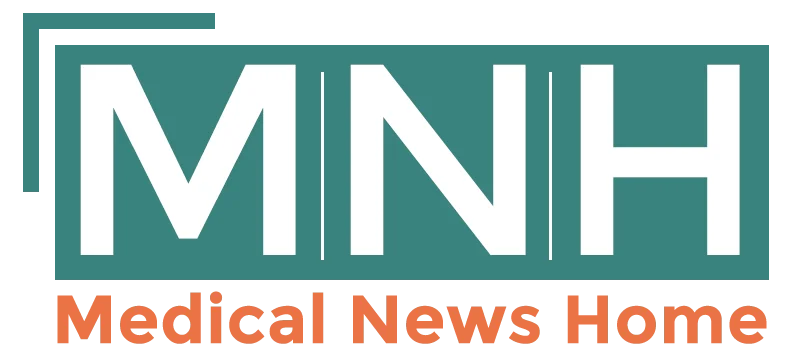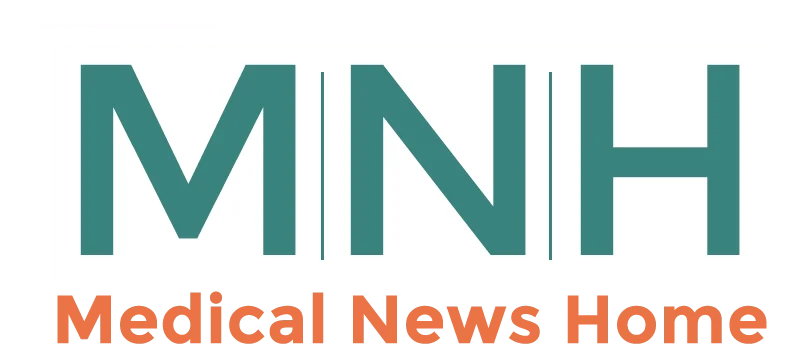Best Practices for EHR Maintenance
- Updated on: May 7, 2025
- Published on Mar 10, 2023

Electronic Health Record (EHR) maintenance is critical for healthcare organizations to ensure the integrity, accuracy, and security of patient data. As healthcare continues to rely on technology, EHR systems must be routinely maintained to avoid system downtime, data loss, and security breaches. Proper EHR maintenance not only protects sensitive patient data but also enables healthcare providers to access accurate and up-to-date patient information, leading to better clinical decision-making and improved patient outcomes. Therefore, it is essential for healthcare organizations to implement best practices for EHR maintenance to ensure optimal system performance and patient data security.
Importance of EHR Maintenance
Electronic Health Record (EHR) maintenance is an essential aspect of the efficient functioning of a healthcare organization. EHRs contain vast amounts of patient data, including medical history, diagnoses, and treatment plans. Proper EHR maintenance ensures that this data is up-to-date, accurate, and accessible when needed.
The impact of poor EHR maintenance can be detrimental to patient care and data security. Incomplete or inaccurate patient data can lead to misdiagnosis, delayed treatment, and an increased risk of medical errors. Inadequate data security measures can result in data breaches, unauthorized access to patient information, and compromised patient privacy.
Therefore, healthcare organizations must prioritize EHR maintenance to ensure optimal system performance and patient data security. This involves regular system updates, data backups, security audits, and staff training on EHR usage and data security protocols.
Moreover, healthcare organizations must have a proactive approach to EHR maintenance to identify and address potential issues before they become major problems. This can include regular system performance assessments and risk analysis to identify areas that require improvement.
Best Practices for EHR Maintenance
Electronic health records (EHRs) have revolutionized the way healthcare providers manage patient information, but they require regular maintenance to ensure optimal system performance and patient data security. Here are some best practices for EHR maintenance:
1. Perform regular software updates:
Software updates can improve system performance and address security vulnerabilities. Regular updates also help ensure that the system is running the latest version, which can help avoid compatibility issues with other software or hardware.
2. Backup data regularly:
Data backup is crucial for protecting patient information in case of system failure or data breaches. Regular backups should be performed and stored in a secure location offsite to ensure data recovery in the event of a disaster.
3. Monitor system performance:
Regularly monitoring the system performance can help identify potential issues and prevent system downtime. Providers should establish performance benchmarks and regularly evaluate system performance against those benchmarks.
4. Establish user access management:
User access management is essential to ensure that patient information is only accessed by authorized personnel. Providers should establish strict access controls, including unique user IDs and passwords, role-based access, and two-factor authentication.
5. Develop a data backup and recovery plan:
Providers should develop a data backup and recovery plan to minimize the risk of data loss or corruption. The plan should include procedures for backing up data, testing backup and recovery procedures, and identifying key personnel responsible for executing the plan.
Training and Support
A crucial aspect of ensuring optimal system performance and patient data security in electronic health record (EHR) systems is providing staff with adequate training and support on EHR maintenance best practices. Without such training, staff may inadvertently introduce vulnerabilities into the system, compromising the integrity of patient data and increasing the risk of security breaches.
Effective EHR maintenance requires a commitment to continuous improvement, and leadership plays a critical role in promoting this culture. By prioritizing EHR maintenance best practices and providing the necessary resources and support, leaders can ensure that staff are equipped with the knowledge and tools they need to keep the system running smoothly and securely.
Some best practices for training and support on EHR maintenance include offering regular refresher training, providing access to documentation and support resources, and encouraging staff to report any issues or concerns they encounter. Additionally, leadership can foster a culture of accountability by establishing clear policies and procedures for EHR maintenance and regularly monitoring and evaluating system performance.
Compliance and Regulations
Electronic Health Record (EHR) maintenance is not just important for optimal system performance and patient data security but is also a critical aspect of ensuring compliance with healthcare regulations. The following are the compliance requirements and regulations that healthcare professionals should keep in mind when it comes to EHR maintenance.
1. HIPAA and other privacy laws:
The Health Insurance Portability and Accountability Act (HIPAA) is a federal law that outlines privacy and security standards to protect patients’ medical information. It is crucial to ensure that EHR systems comply with HIPAA requirements to avoid potential legal and financial consequences. In addition, other state and federal privacy laws, such as the General Data Protection Regulation (GDPR), also apply to EHR systems.
2. Electronic Protected Health Information (ePHI) security:
The ePHI must be secured in EHR systems to maintain compliance with HIPAA and other privacy laws. Encryption, access controls, and data backups are some of the security measures that can be implemented to protect ePHI from unauthorized access or breach.
3. Audit logs:
EHR systems must maintain audit logs that track user activity, including access, modifications, and deletions. Audit logs provide transparency and accountability and can be used to identify any unauthorized activity.
4. Interoperability standards:
EHR systems must comply with interoperability standards that allow for the exchange of patient health information between different systems and healthcare providers. Compliance with interoperability standards ensures that patient information is accurate, complete, and accessible to authorized healthcare providers.
Non-compliance with EHR maintenance requirements can result in severe consequences for healthcare providers, including legal action, loss of reputation, and financial penalties. Therefore, healthcare professionals must adhere to compliance requirements and regulations to ensure the security and privacy of patient health information and avoid any legal or financial consequences.


